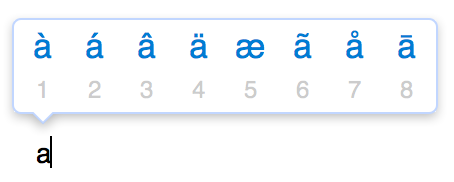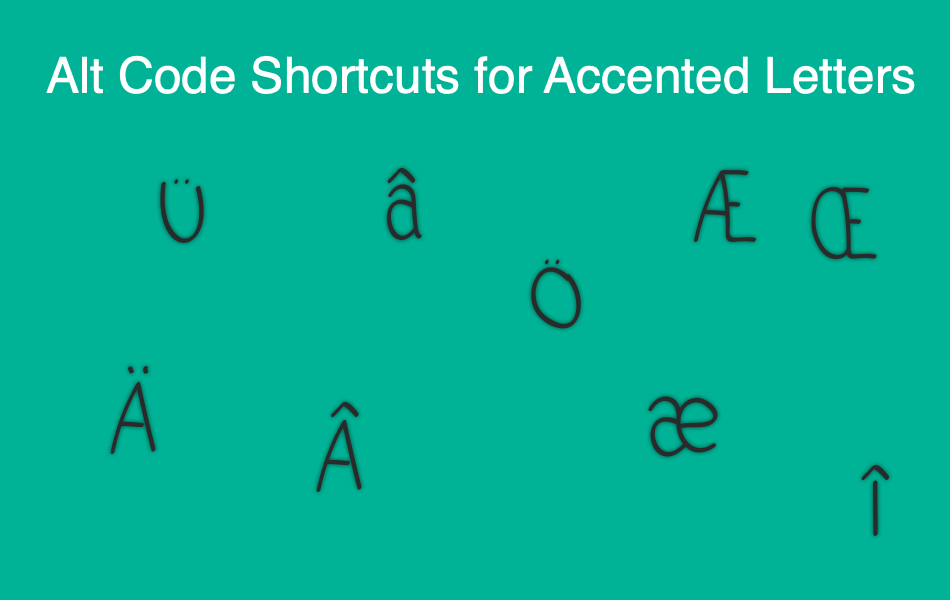
#How to type e with tilde on word how to#
How to type Spanish accents and punctuation You will probably go through similar situations with these questions as well:ģ. If the sentence is an affirmation or a statement like “tú no sabes cuanto te voy a extrañar” (you don’t know how much I will miss you), there is no accent needed. Well, a very simple and fast answer would be that for questions like “¿cuánto tengo que pagar?” (how much do I have to pay), you have to use an accent. When do you use an accent and when you DON’T use an accent? P.S.: A recurring problem that we all have is connected to words like “cuánto” and “cuanto” or “cómo” and “como”. The best option for you would be to exercise with the Mondly Chatbot where you’ll both SEE and HEAR the words. You’ll eventually get used to pronouncing and writing these words. Otherwise, if the word has an acute accent, ignore the above-mentioned rules and stress the syllable that contains the accent. If the word ends with a consonant – other than “n” or “s”, the stress is on the last syllable. If the word ends with a vowel – any vowel -, the letter “n” or the letter “s”, the stress is on the next to last syllable. No worries though! Here are the simple rules that will tell you exactly how to apply word stress:ġ. You’ll see that as soon as you get used to the Spanish pronunciation of stressed words, you’ll actually begin to have a problem with the words that have no accents. In this situation, it is not only the meaning that is different but also the pronunciation of the words. Yes, I want to try the pork sausage but only if it is not spicy. Sí, quiero probar el chorizo pero solo si no es picante. What is your colleague's name? Is he as smart as Cristian? ❼ómo se llama tu colega? ❾s tan inteligente como Cristian? Here are some more useful examples: tú (you) For example, “ella mandó una carta” means “she sent a letter”, while “yo mando una carta” means “I send a letter”. In Spanish, stress and accents are very important because they help you distinguish between two words. You already know that, in linguistics, stress represents the syllable or syllables of a word that is/are pronounced with emphasis. How to pronounce Spanish words with and without accents Taking into consideration the fact that Spanish does not have grave or circumflex accents, this is barely a list, isn’t it? Read on to discover how to use them in your day-to-day conversations in Spanish. Therefore, here’s the Spanish accents list: á, é, í, ó, ú, ñ, ü

The letters that can receive accents are the five vowels – a, e, i, o, u. The Spanish language has three types of accent: the well-known tilde (ñ), the acute accent (ú) that is usually indicated in speech with word stress, and the diaeresis (ü). Spanish natives refer to this symbol as “la tilde de la eñe” or “la virgulilla”. In Spanish, accents are also called “tilde” – although in English the exact same word refers to the “~” symbol. These represent an extra symbol or glyph added to a letter. Starting with the basics it’s important to know that accents or accent marks can also be referred to as diacritics, diacritical marks or diacritical signs. So here are the most important facts you should know about Spanish accents. And if you want to master Spanish, that can’t happen to you. It’s important to realize that an accent mark – or the lack of it – can change the meaning of a word completely. But don’t give up yet! Accents are important in any language (that uses accent marks) – not just in Spanish.

If you don’t know the main Spanish accents rules yet, these questions may give you a major headache. How do you type them on a classic keyboard? How does the pronunciation of a certain word change when you use accent marks? Do they influence stress? How can you remember when to use them? Spanish accents – or any other type of accents – are a pain in the neck for someone whose first language doesn’t require accent marks.


 0 kommentar(er)
0 kommentar(er)
